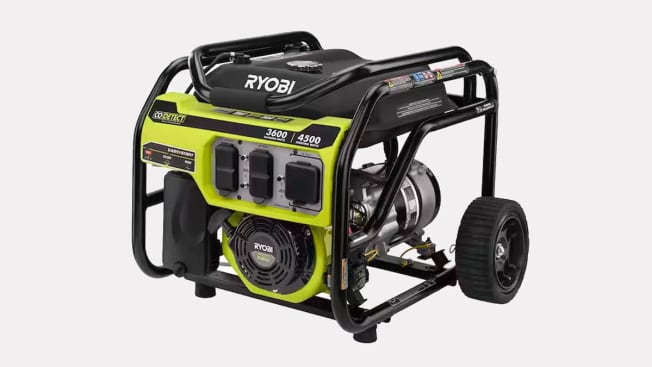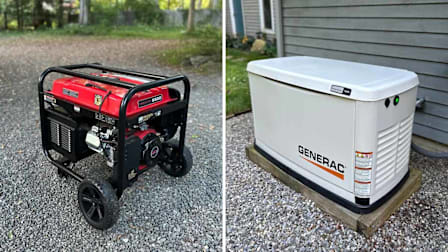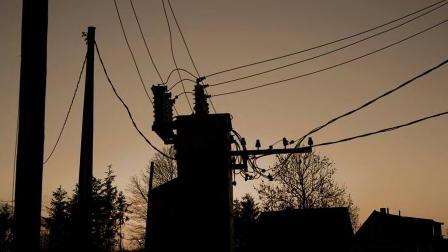During routine testing, our technicians couldn’t start a RY903622VNM generator purchased as part of our generator testing program. CR then bought a second unit but couldn’t start that one, either. Technicians determined that the problem stemmed from nonworking carbon monoxide sensors.
Carbon monoxide is a colorless and odorless gas that can cause serious injury and death. Newer portable generators, including this Ryobi model, generally include a component that shuts off the machine if carbon monoxide levels rise beyond a certain limit. Consumer Reports doesn’t test generators that lack a CO safety shutoff. (All of the models in our generator ratings undergo a detailed safety evaluation.)
CR contacted Ryobi and then shipped the CO shutoff modules from both generators to the company. According to Ryobi, the units had been exposed to carbon monoxide at some point before Consumer Reports’ shoppers bought them, eventually depleting the batteries. That prevented the generators from starting.
“We have identified environmental exposure in the supply chain to a limited number of units and are investigating further as to where it may be occurring,” a Ryobi spokesperson said.
Consumer Reports found essentially the same problem in 2023 with a different generator made by Ryobi, the RYi2022VNM. It, too, was pulled from the market after Consumer Reports contacted the company.
The new generator has an additional problem that sets it apart from the older Ryobi model. Most generators bury their carbon monoxide sensors somewhere inside the housing and take measures to render it tamperproof. On the newly tested units, the CO sensor was easily accessible on the outside of the generator and was extremely easy to disconnect. Doing that allowed the generator to run—but disabling the sensor is dangerous.
“You should never run a generator with a sensor that’s been disconnected or tampered with, period,” says David Trezza, who leads CR’s generator testing program. “In our opinion, every sensor should be tamperproof.”

































